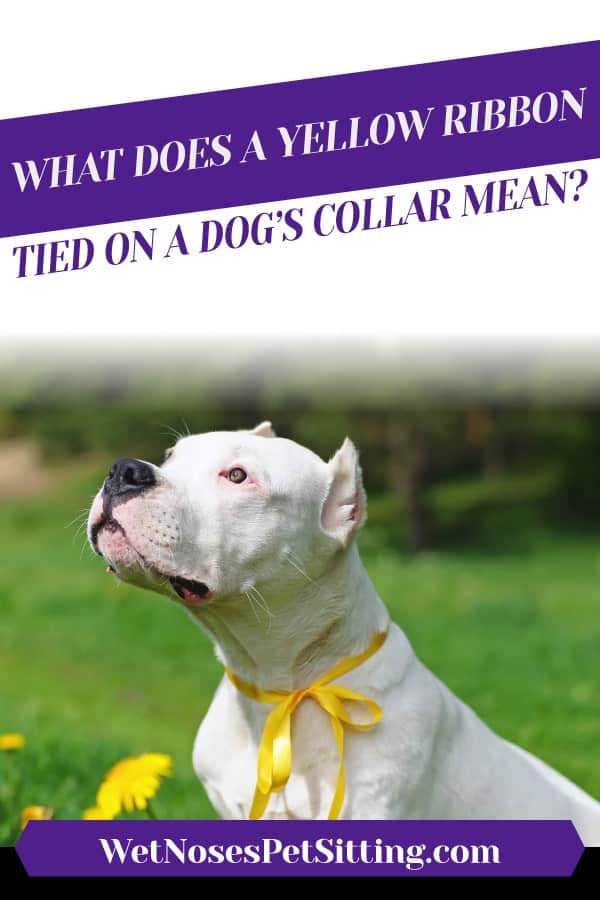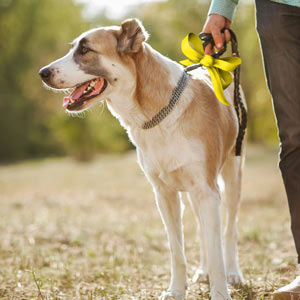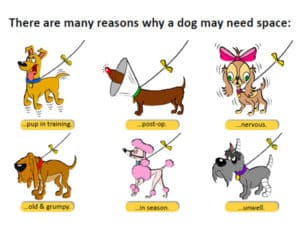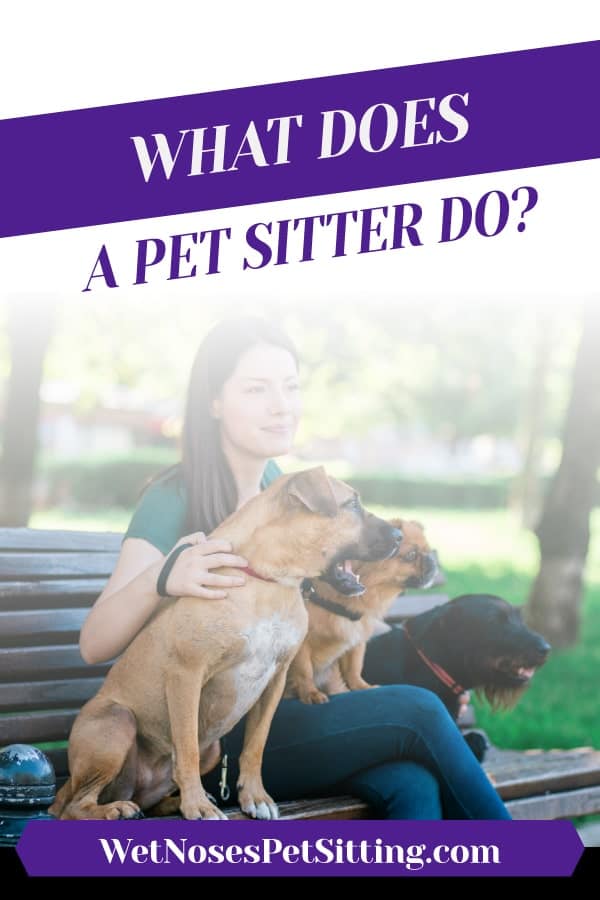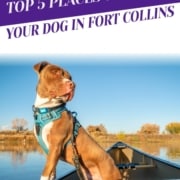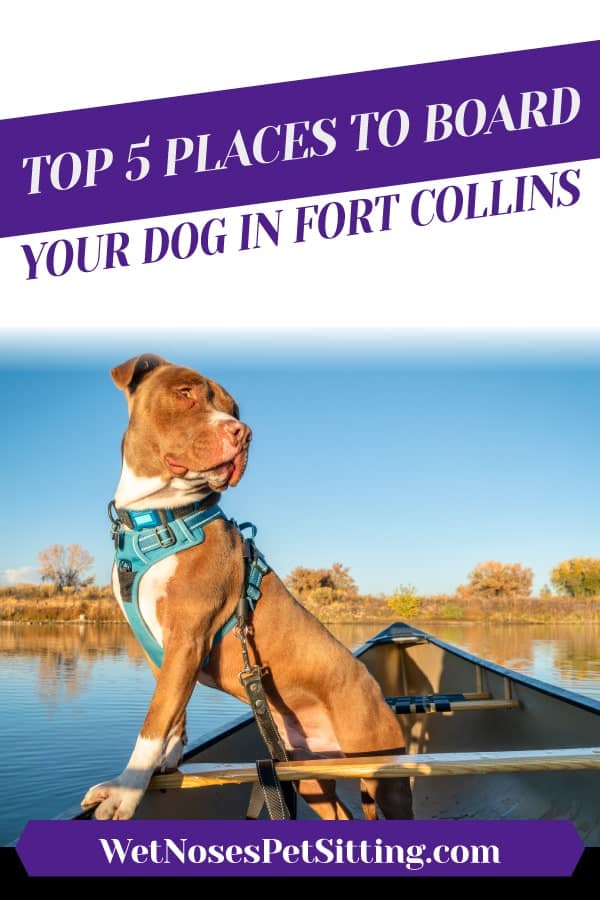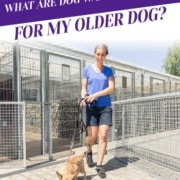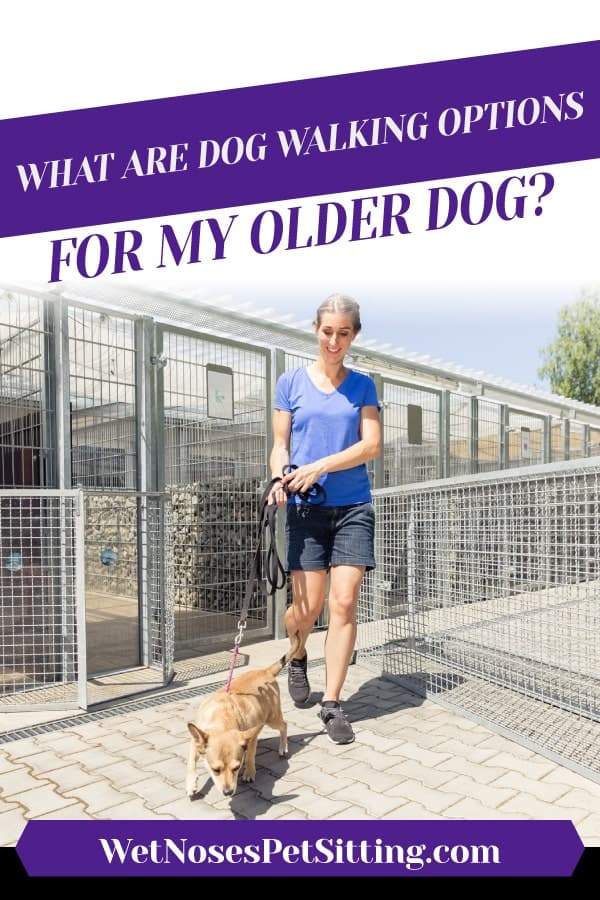What are the Best Pet Sitting Options for My Older Cat?
Leaving our pets at home can add stress to any trip, but when your older cat is the one being left at home, it can make it all the more stressful. Luckily, there are a few good pet sitting options for your older cat.
Let’s take a look at a few of these options:
-
Hire a pet sitter
This is by far the best option, but sometimes people tend to think it is too expensive. But making sure your cat has the best care while being in the comfort of home is worth it. Older cats don’t like to be taken away from their comfort zone, so bringing the caretaker to them is a great option.
-
Board them at the vet
Boarding is also good for a cat that doesn’t mind being away from home. It can be hard for cats to adapt to the sterilized, yet loving environment; but it doesn’t mean it’s not a good option. Older cats sometimes have medical conditions that can be best left attended to a veterinarian while you are away.
-
Have a dependable friend/family watch them
This is often popular decision because it’s pretty inexpensive. This can work when you have a really close friend care for them as one of their own. The problem with this option is that sometimes is when an emergency happens. If they have a flat tire, accident or aother situation, your pet may take a back seat to their situation. Pet sitters and boarding facilities have systems in place to ensure that your pet has care, no matter what emergencies arise.
As you can see, there are a lot of different pet sitting options all with their own respective pro’s and con’s. It will always come down to your specific situation, but we are always here to help!
If you’re looking for a pet sitter don’t hesitate to give us a call and set up an appointment!




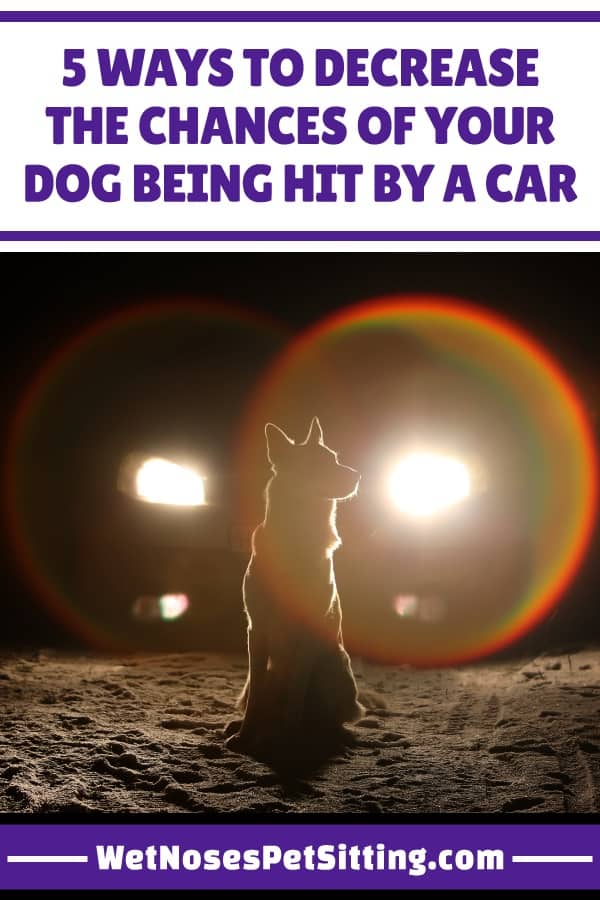

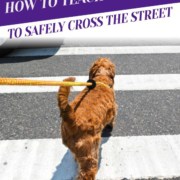
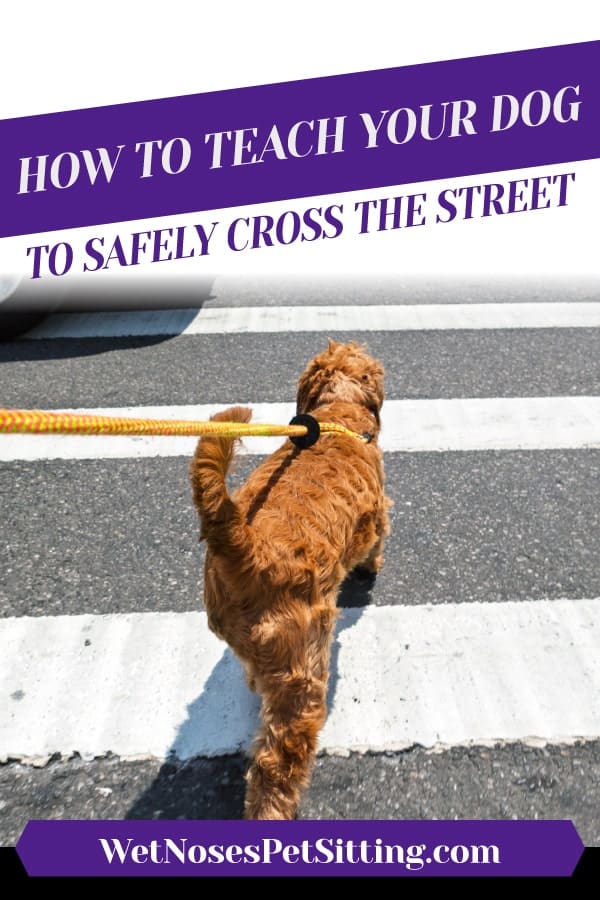

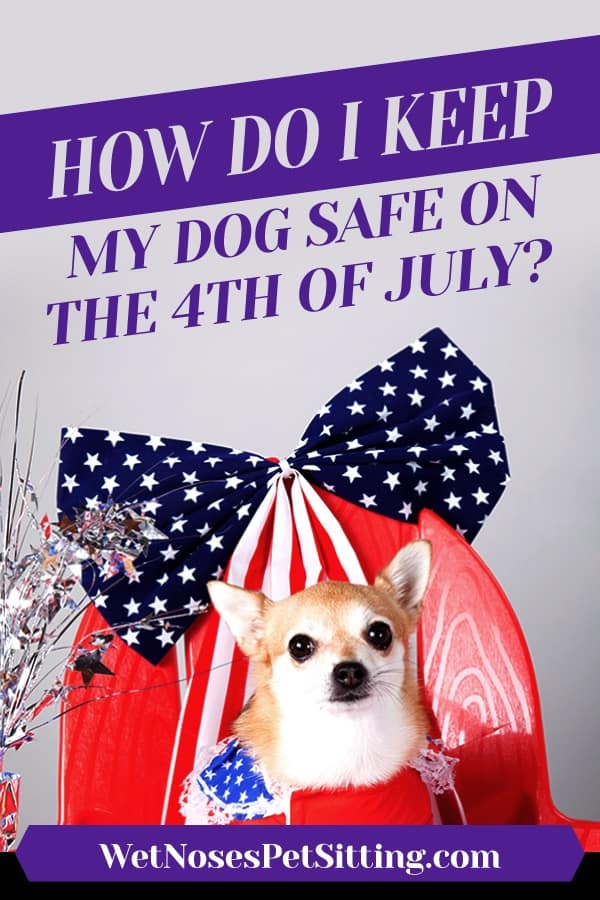
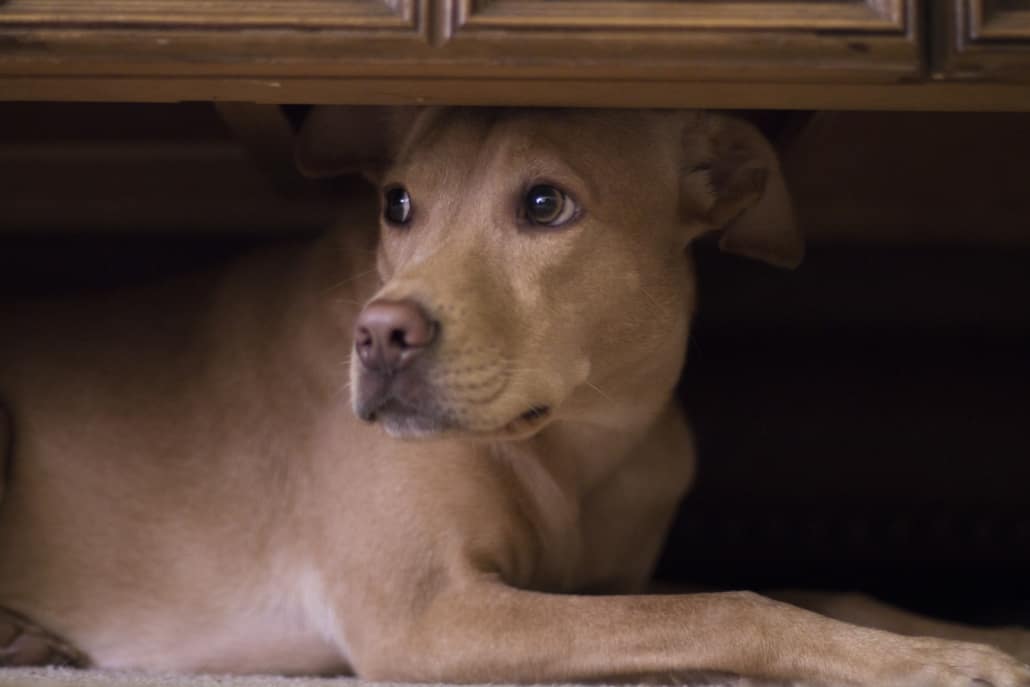



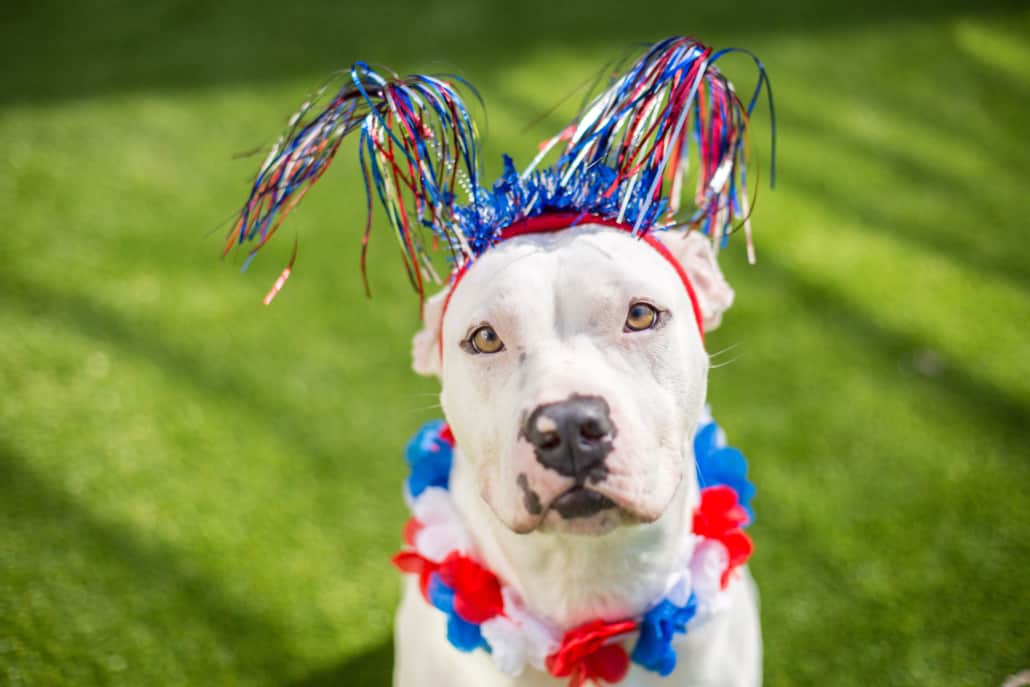
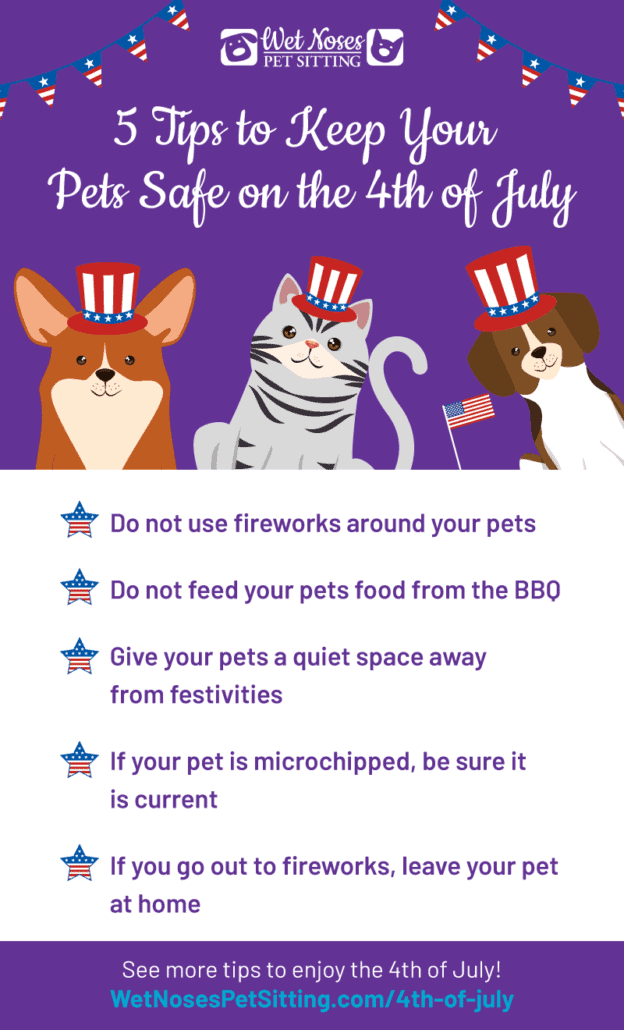
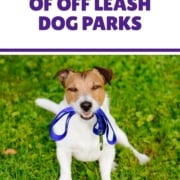
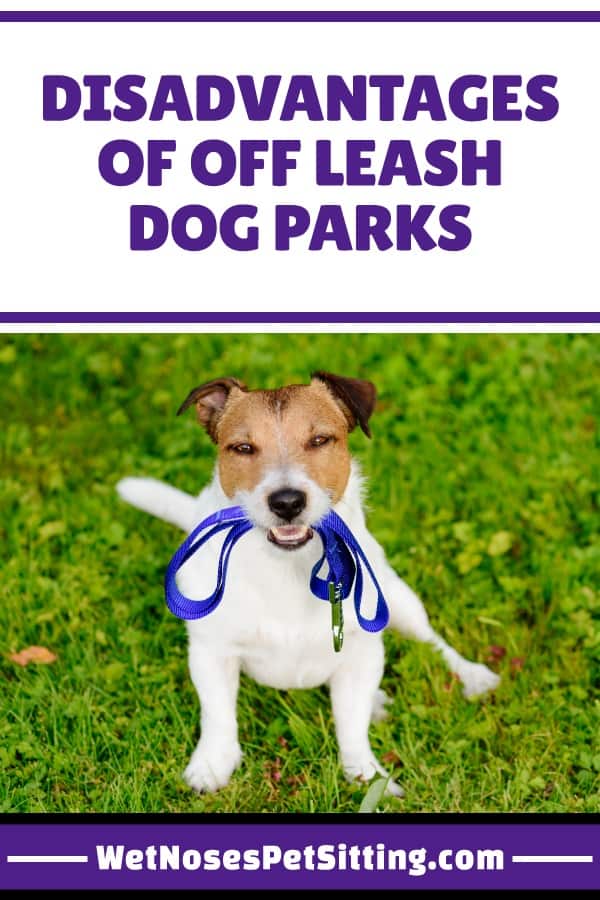
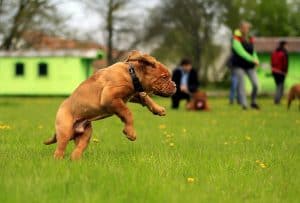 other dogs; like fear, nipping, aggression or ignoring commands.
other dogs; like fear, nipping, aggression or ignoring commands.
